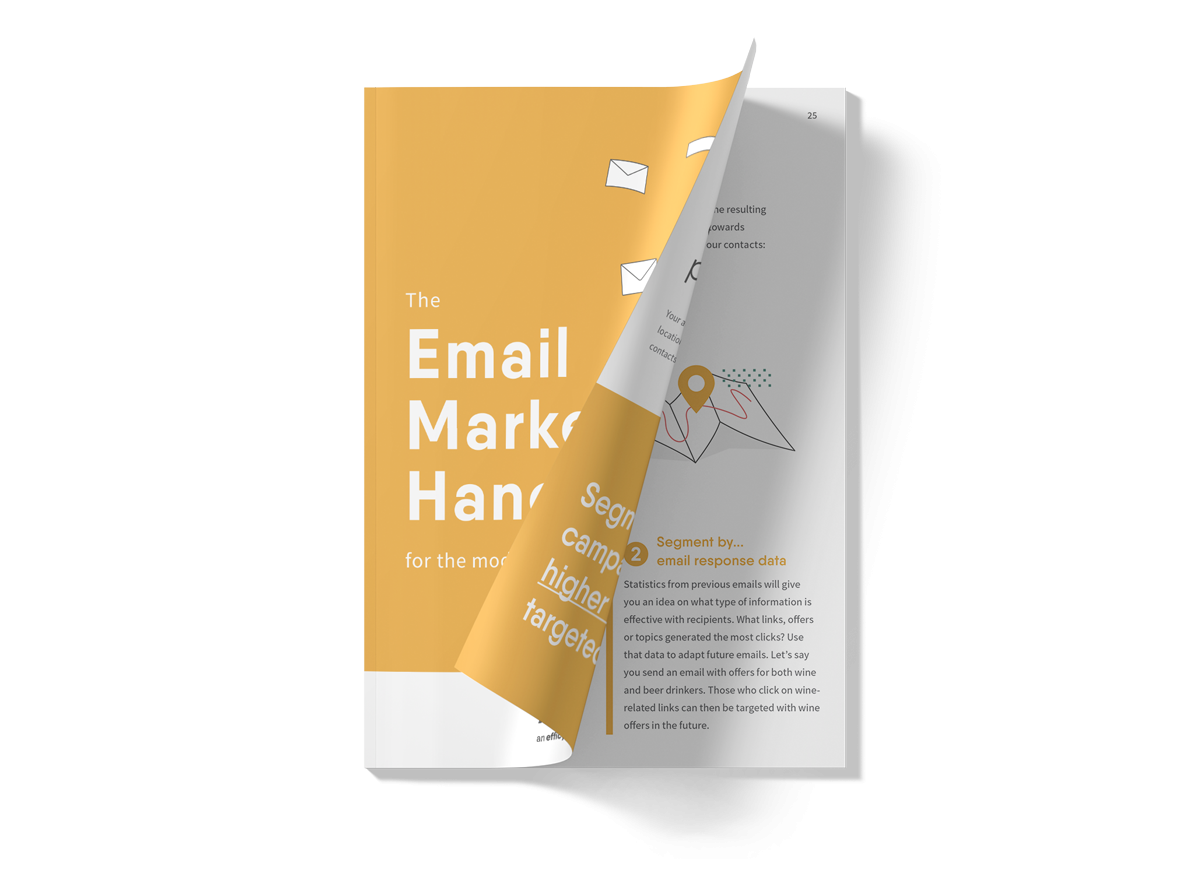Why Ease is Key in Creating a Winning Customer Experience
Convenient food, convenient transportation and even convenient dating. Today’s fast-paced society is coloured by a quest for instant ease and gratification. So, how can you, as a marketer, pinpoint the ultimate pain point in your digital marketing? Let’s explore!
Why Do We Choose the Path of Least Resistance?
Humans are hardwired to conserve energy. It’s an inherited and insisted trait from the time we walked on four rather than two. But even though the expression of ease has changed since Homo Erectus, we still seem to favour it in the digital age.

Why? For starters, run-of-the-mill research states that we’re exposed to a whopping 2,8-7 ads per minute through commercials and branded products. Furthermore, an average of 200 ads are caught in the ad-block web on desktop every day.
But here’s the thing: The human brain isn’t capable of actively processing that vast amount of information output, so...
We choose the path of least resistance as a method to clear out the advertising clutter.
But how does this massive information overload translate into digital marketing insights and actions? Well, that we need to remove the hurdles from the path of least resistance. This involves more than creating an easy checkout process void of unnecessary steps, but also to simplify the decision and to cut through the noise on the anarchic digital market.
So, how can you create ease to boost the customer experience – and your results? Here are six tips to help you along the way:
1. Get Your Content and Copy Sorted Out
Your content is the not-so-secret formula to position your brand as the best option. To make your content more digestible you should:
- Map out knowledge needs and gaps along the customer journey to decipher what type of content is appropriate for what segment at which stage of the customer journey.
- Maintain a fresh company blog to share your voice, convey the benefit of your products or services and fill in necessary knowledge gaps./node/727
- Offer in-depth content, such as whitepapers, seminars or webinars, to build trust, alleviate the B2B purchase decision and gain valuable customer data.
- Ensure that your product descriptions contain enough information. That way, you’ll block out any uncertainties that might prompt the customer to take their business elsewhere.
- Display customer cases or reviews on your site. Even though it might be a detail in the larger scope, 88% of online shoppers incorporate reviews into their purchasing decision and 72% wait until they’ve read reviews before they take action.

2. Personalised Content Provides Shortcuts
Even though marketers have a tendency to wrap everything in gold, the truth is that the core of personalisation is to provide ease through personal relevance.
What you’re essentially doing is presenting a person with a selection of information that they’ve expressed interest for. You’re cutting out all the irrelevant information and unnecessary page views and scrolling and creating a nifty shortcut towards conversion.
Take product recommendations, for instance. Personalised product recommendations is basically creating a purchase proposal based on behavioural, historic and demographic data. Relevance served on a platter.
For B2B, it’s common practice to set specific criteria for each step of the customer journey and portioning out information through a system for marketing automation. More on this subject later!
3. Great Website Design Increases the Sense of Ease
As we’ve previously written in our e-commerce handbook: poor navigation and a messy website are two cardinal sins of digital marketing. It makes it harder to find information and the right product; a total nightmare for the convenience-seeking customer. To keep your website clean and easy, you should:
- Simplify your page by stripping it of unnecessary information and graphic elements.
- Use signal colours or graphic elements to provide a clear path towards conversion.
- Use product categories to narrow down the search.
- Resize your images to speed up your load time.
4. Create a Smooth Checkout Process
Along the lines of great design, you should apply the same mindset to your checkout process. Once a customer has selected their items and added it into their cart, you want to eliminate the hurdles that might postpone the purchase decision.
So, what’s the fix? There are numerous tips and tricks to provide your visitors with an easy checkout process, but let’s name some:
- Reduce clicks and unnecessary steps. Give your first-time customers an easy way to create an account and/or the option to fill in their social security number for automatic information fields.
- Save payment information to create the smoothest of checkouts. But remember – you need their explicit consent. Otherwise, it’ll feel like an intrusion rather than a service.
- Abandonment email and retargeting gives your abandonees a quick and easy option to finish where they left off. Read more about it here!

5. Lead Scoring Pinpoints Message Accuracy….
Creating a convenient customer journey isn’t only about design flair or personalised content. It’s also about sending out the right content to the right person at the right stage of the customer journey.
The basic building block to create ease in the B2B customer journey is to establish a lead scoring system – with the backbone of tight-knit collaboration between marketing and sales, of course.
But what is lead scoring? It’s a methodology used to measure the level of activity to rank the lead’s susceptibility and purchase intent. Based on the scoring, the lead will then receive a particular set of nurturing activities to influence the purchase decision.
But let’s view lead scoring from the lead’s perspective… By continuously categorising your leads, the decision maker(s) won’t be overwhelmed with technical details when they’re at the very top of the funnel. Rather, they receive content that successively builds the knowledge base towards the final decision.
6. Automated Flows Secure Timely Relevance
So, we’ve covered how the right content to the right person creates a sense of ease. But it’s time to present the data-driven juggernaut that creates ease through timely and action-based relevance: marketing automation.
A system for marketing automation hits the right spot by using behavioural triggers through certain action points to set a flow in motion. That way, your customers or prospects will get information they expect to receive with the right level of content complexity.
Want an extra tip on how to automate your marketing without oversaturating your channels and touchpoints? Pair it with a platform that’s capable of collecting your customers’ cross-channel data into single customer profiles. This enables you to gain insights about a person’s interaction with your brand and tailor your output of communication accordingly. Neat, right?
But let’s break the theory down into practice, shall we? We’ve summarised a few in our B2C and B2B handbooks, but here’s a selection of flows that create an easy customer journey and a fruitful customer experience:
- A welcome flow for first-time customers or new subscribers allows you to ride the tide of engagement by keeping the conversation going.
- A replenishment flow or a flow for subscription renewals is a service that provides a quick and easy reminder that the customer needs to stock up or renew before it’s too late!

So, why have we dedicated an entire post to one single human emotion?
Because in the end: We want to appeal to actual humans, not fictional or idealised robots. And in order to do so, we need to view behaviour as an important factor if we want to achieve the best possible results.
Want a data-driven and CDP-capable engine with a set of essential tools to create easy, personal and scalable digital marketing? Check out APSIS One!



